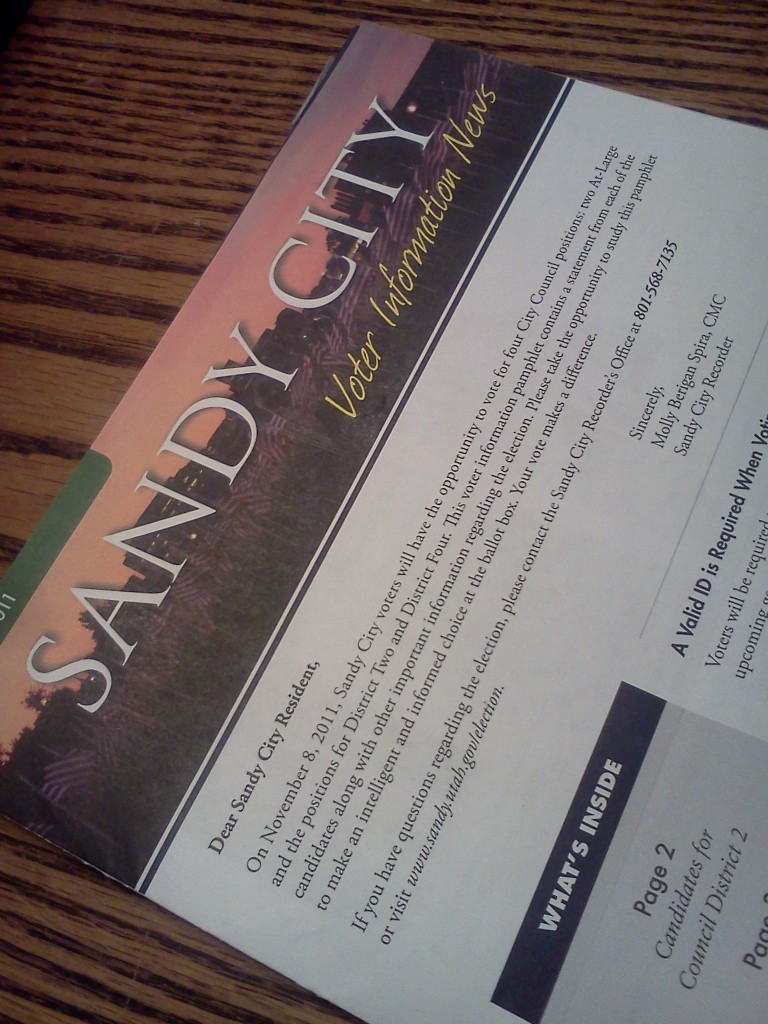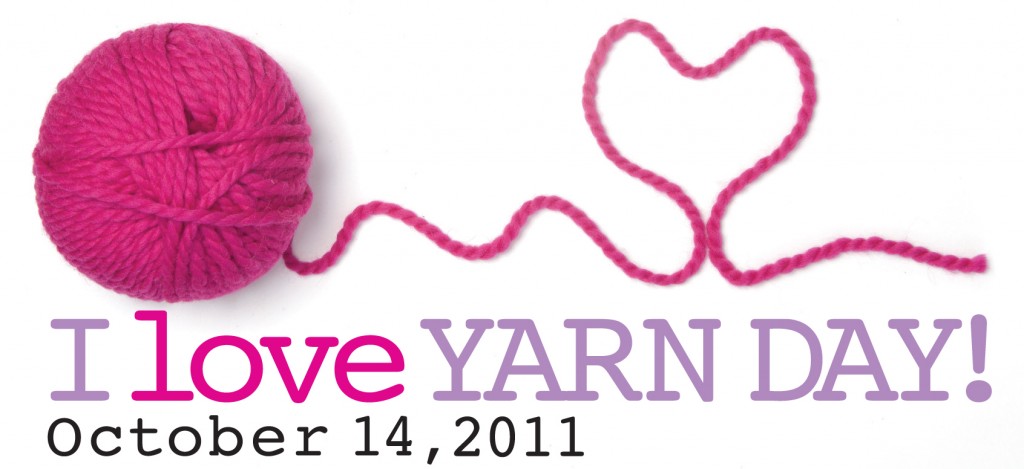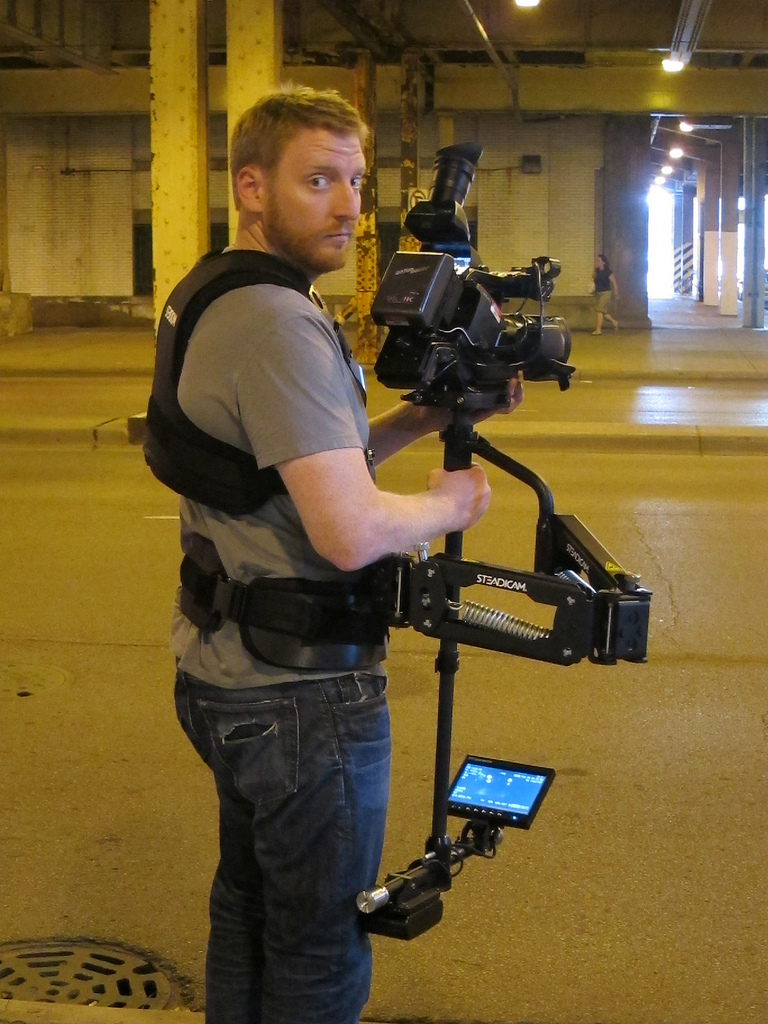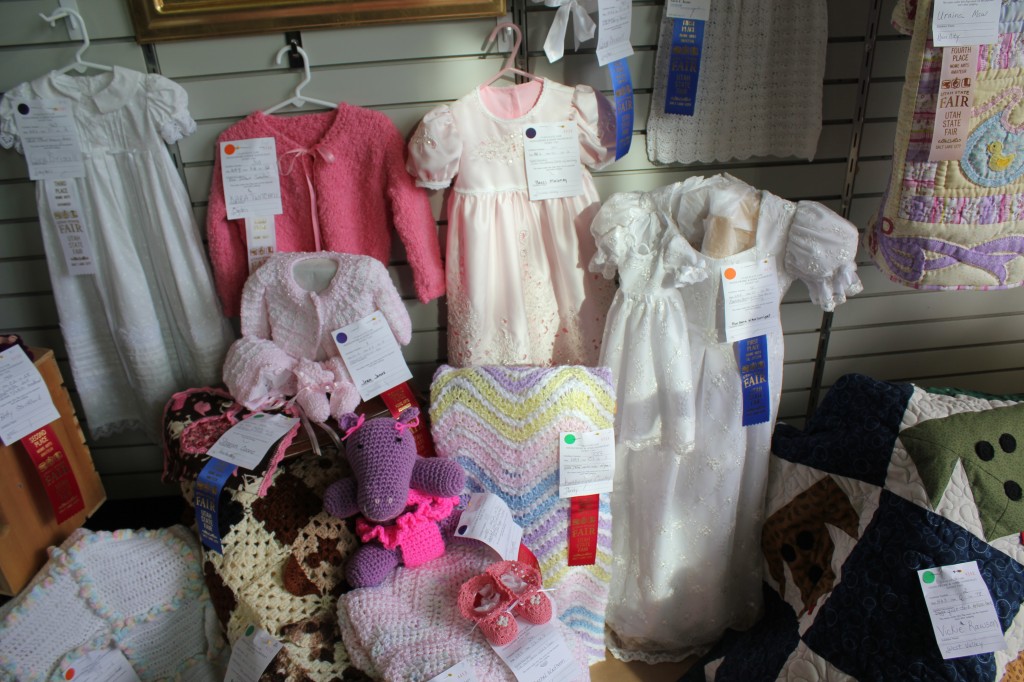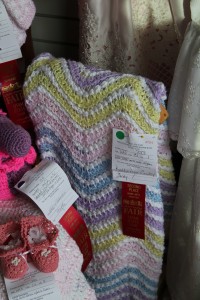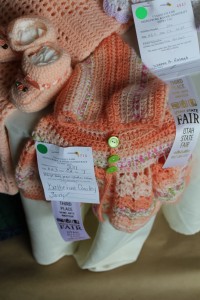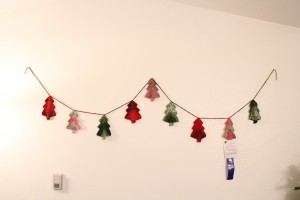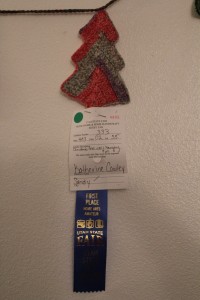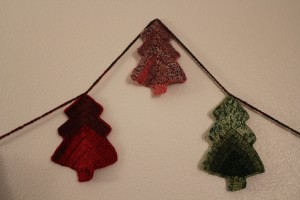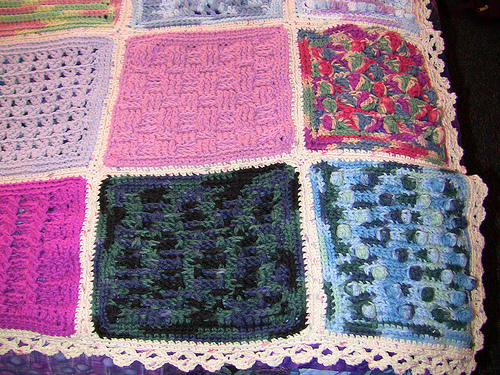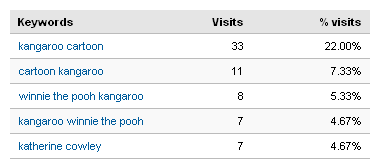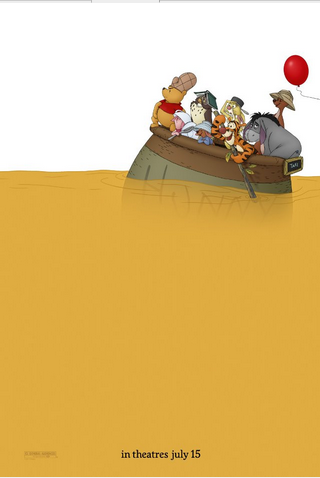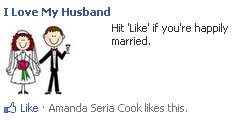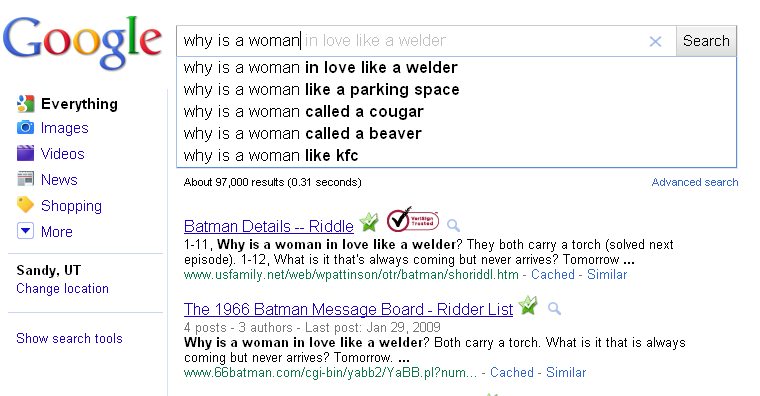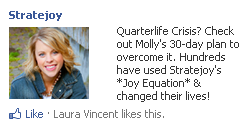Why I’m Voting in Today’s Tiny Elections
I admit, the thing I’d like to do most today is stay at home and spend the day curled up with the new Brandon Sanderson book, Alloy of Law. In part it’s because I love the Mistborn series. In part it’s because I spent Sunday evening at the ER and am still on prescription medication. In part it’s because my husband is out of town, and what better way to fight against solitude than with a good book.
But no. That is not enough. I will pack up myself and my baby, bring my ID and my voting guide, and head over to Crescent Middle School to vote for Sandy City Council.
I was going to add the agonizing part about having to stand in line while your head is throbbing because it’s a common side effect of your medication, and on top of that having to entertain a baby who gets bored of staying still, but I realized that would be a lie. There will be no line, and I will be in and out of there in five minutes tops.
I’ve heard it estimated that only about 10% of registered Utah voters will come out to this year’s elections. (I’ll add the actual stat that turns out in a few days, once they’re published.)
Now that’s not 1 in 10 Utahns. That’s 1 in 10 registered voters. Thus, no line.
But even if there was a line, even if I had to wait an hour and a half (as I’ve had to do before, in 2008) I would be there, baby in tow, waiting to vote. Why the dedication?
Because local elections matter. Today I’m going to vote for two members of the Sandy City Council At-Large. The decisions made by the Sandy City council impact my life on a daily basis:
- They make decisions regarding construction and development, and local zoning, for example the mega construction project going up across the street, and the types of parking lots we’re getting next to our new commuter train line.
- They impact local taxes and local spending.
- They make decisions about our schools, our local library, and policies for our police and fire departments.
- Environment, immigration, and other big national issues have regular decisions made about them on a local scale.
- They listen and talk to community members, and if I really care about an individual issue, I can truly make my voice heard.
In essence, the Sandy City Council impacts my daily quality of life. The roads all around me. The schools in my neighborhood. The policies that encourage and discourage local development and businesses. The libraries and parks I visit weekly. My taxes and other local policies.
The Sandy City Council has more impact on the day-to-day workings of my life than the President of the United States. What the President does may be more interesting or exciting or infuriating or whatever-you-feel, but what happens on a local level is what democracy is really about. It’s about communities saying, we share public interests. We can and should self-govern. We’re going to choose people we trust to work together with us to make important decisions, decisions that will change and shape our community and bring us into the future.
To me, freedom is only partly about freedom from restrictions. For example, I’m not restricted on my ability to bear arms. I could probably go out and buy a gun today–I’ve heard they carry them at Wal-Mart. However, I’m not going to. I don’t want a gun. I don’t know what I’d do with it. So I may literally have that freedom, but I don’t really, because I don’t have the knowledge or interest to use it.
More than freedom from restrictions, I love freedom to do things. Freedom to go to the church of my choice on the Sabbath and not be put in prison for it. Freedom to advocate for whatever belief I may have and not have tomatoes thrown at me (terrible practice, glad it’s been done away with). Freedom to write on a blog and give my (potentially incorrect) views to the world.
I love the freedom to be able to make a difference. Freedom to have a voice and use it. Freedom to act and make informed decisions. Freedom to say this is what the City Council should look like.
So today I’m going to vote for democracy. Will you?
I Love Yarn Day! Video: Reasons Why I Personally Love Yarn
You may have gathered that I love yarn from my previous post about entering crocheted items into the Utah State Fair. However, it’s fair to give it another post, because I’ve been spending 5-10 hours a week crocheting over the last several months. And today is “I Love Yarn Day”! after all.
To celebrate I Love Yarn Day! I’ve put together a little video of why I love yarn:
5 Things to Consider When Choosing a Documentary Video Camera
The more I’ve worked on my year-long video blog/documentary project Days of Film, the more I realize that your video camera truly impacts the type of shot you can get, especially when you’re doing documentary. And a lot more goes into it than whether or not your camera can shoot in HD.
5 Things You Should Consider When Choosing a Documentary Video Camera
1. Cameras impact people’s behavior.
When you see a camera, your experience at a place or an event changes. Even in some of the early film clips I’ve seen, over a century ago, when people know they’re being filmed they smile and wave. If people know you’re doing a project they can attempt to go about whatever it is they normally do with as little change in behavior as possible—but the awareness of the camera is always there.
For this documentary project, it has been useful to have a small, unobtrusive camera. I’m trying to capture little snippets of life, and my camera looks like any average, little camera. I could be a tourist, a mom filming her kids, the average person who sees something cool and happens to be able to capture it on a camera that’s higher quality that a cell phone. Shots like these people jumping on trampolines or the splitting of wood are made much easier when people don’t turn their heads at the arrival of a large camera. My father-in-law would’ve been fine with me filming him chopping wood if I had asked him in advance (he was afterwards) but it was nice to capture the moment unadulterated by the awareness of the camera.
2. Every camera falls somewhere on the scale of portability
On the most portable end of the scale are phone cameras, and since people carry their phones everywhere, they can be documentarians at any moment.
I prefer a camera that sacrifices some portability for quality. However, my video camera is still small enough that (because I’m working on this project) almost every time that I’ve left the house this year I’ve brought my camera with me.
I even managed to fit my camera through a fence in a parking garage, stick my arm through, and then open the camera so I could film lights at Trolley Square without a fence in front of them. (The desire for a shot outweighed my fear that I would drop my camera fifty feet onto the pavement below.)
3. Not all cameras can capture fleeting moments with little setup
In some types of documentary filmmaking, things will happen—and only happen once—which you need to be able to capture well without having to make a lot of decisions about white balance, focus, etc.
I typically leave my camera in “Easy” mode, which automates the settings. I’ve been really happy with my camera’s automatic settings, which typically get really good coloring and lighting. (The only place that I’ve found that my camera’s auto settings really don’t cut it is in certain sections of the aquarium, because of the special lighting.)
Thus, when bison randomly decide to walk across the road, I can shoot and point, without worrying that my shot won’t turn out. I also have my camera set so that way it only uses the optical zoom. I don’t want to accidentally zoom too far and end up using the digital zoom and decreasing the quality of the shot.
4. It’s really nice to have manual controls
While I’m a huge fan of really good automatic settings, it can also be really useful to have manual controls. For one, if your camera will let you control things like white balance, it’s much more likely to be a higher quality camera and get better shots when it’s on auto.
And, sometimes, you have time to change the settings. This is particularly useful for interviews, scenery shots that aren’t going away (I took at least five shots of the above geyser), and things that you’re initiating (like the can opener) or that will happen multiple times.
5. The camera you choose will impact where your documentary can go later
I will never shoot a doc on a phone camera, simply because the quality just isn’t there. My camera is a very high level consumer camera (pro-sumer, maybe) but it’s not a professional camera like many of my friends own (I’m not at the point where I’m willing to spend thousands of dollars on a camera), and it’s certainly no RED. (The RED may be a camera that makes you salivate, but the fact that they shot the new Pirates movie on it means that you probably don’t need that level of camera for a documentary.)
The thing to remember is that the label HD is no guarantee that you’ve got a good camera. Some things are HD because they capture a huge pixel count, but if the pixels are crappy…well, it will still look bad. There’s lots of places you can read up on HD specs, what High Definition really means, etc., and I’m no expert on it, so you’ll have to read on that elsewhere.
When I look at a camera, I want something that doesn’t limit me to posting my videos online. You want your videos to look good if you burn them to DVD or Blu-ray, and ideally, it needs to be good enough that your images will still look good on a big screen at a film festival.
The nice about documentary is that expectations are different than if you’re making a feature fiction film.
How to attract undue attention while making a documentary: walk around with a giant steadicam stabilizing system. (Photo credit: dfritzon.)
With a documentary film, a little shakiness is okay. A little lower quality, imperfect lighting, and some imperfections can even add to the authenticity (though if you’re doing seated interviews, people expect it to look a little better).
I’ve been really happy with my video camera—for now, it meets what I’m looking for on the balance between size, cost, portability, and quality. In case you’re interested, it’s a Canon Vixia HF100.
So that’s what I’ve been thinking about. In other news, with the completion of September, I’m now 3/4 the way done with the project, and have less than 100 videos to go.
Here’s some of my favorite shots from the month of September:
1. Videos of my Yellowstone trip. All of them. Leaving the state was a good idea.
2. A paraglider at the State Fair.
4. A gold light (this, in my opinion, is one of the prettiest, most whimsical shots I’ve taken).
Crocheting, Home Arts, and Ribbons at the State Fair
There was something really exciting about the High School Awards Ceremony when I was in 9th grade. I sat on the edge of my seat, knowing, surely, I would win something. My name was called, and I walked to the front of the auditorium, trying not to look to pleased with myself as I received a certificate for this, that, and another class I was in. The excitement was definitely helped by there only being 400 or so people at my school in Portland, Connecticut: fewer people means more awards can be given out per person in an hour long assembly. I believe everyone got called up at some point during the ceremony.
I admit, I had a bit of the same anticipation a week and a half ago when I entered three of my crocheted items into the Utah State Fair–surely, surely, I will get a ribbon for something. Luckily I don’t have the same high school anxieties, and luckily, like in my high school, there are plenty of categories. There are 6 different levels you can enter at: Professional, Advanced Amateur, Amateur, Senior Citizens, Youth, and Disabled. And then, within each of those levels, you compete against only other similar items.
So the afghan that I crocheted was not competing against all other afghans, but against only other Amateur Crocheted Infant Afghans. Likewise, my second entry competed against only other Amateur crocheted Jacket, Ponchos, and Sweaters.
Funny, having lots of categories does not stifle the excitement when you win two ribbons at the state fair! (Edited on Sept 22: it turns out I actually won three ribbons–see below.)
I received a 2nd place at the Amateur level for the wavy, spring-themed Baby Afghan I made, and 3rd place for the orange, Autumny baby jacket I crocheted. I’m sure it was the bright green buttons that did it. The third item I entered did not place and was not displayed.
Edited on September 22, 2011:
When we went to pick up my items from the fair, we discovered that I’d won a third prize: a blue ribbon for my Christmas tree wall hanging, in the general Christmas category. I was quite excited and not expecting it, because we missed part of the Christmas display when we visited the fair. Here are the pictures:
What’s interesting to me is that the wall hanging actually uses the simplest stitch, but I executed everything perfectly, while the other two items were a little more complex but had some problems. (I liked that the judges gave really helpful feedback on each item–who knew that I could use a little bit of fabric glue to fix the ends that refused to weave in?)
Home Arts
In light of entering my yarn crafts into the state fair, I’ve been thinking about the question: is crochet an art?
I’ve heard many people argue that crochet is not an art, but rather a craft. They say, well, perhaps it’s art when you design your own patterns, or do something completely defying tradition and on public display, like creating a crocheted carrot jetpack with accompanying story, pictures, and video. (The jetpack is amazing, by the way.) But if you take a pattern for a traditional (often home) object and then make said object, you’ve created a craft.
When making this argument, it’s best to pronounce “craft” as if it’s a dirty word. Also, make sure to specify that crafts don’t require any creativity. That makes us crafters feel really great.
Crocheting is definitely a craft, but I’d argue that it’s also an art–both a visual and a sculptural art.
A close up of the corner of my very first afghan, started when I was 11 or 12, then dragged out of the box and completed in January 2009.
Art is a means of creative personal expression that often is intended to have an impact on the viewer.
Creativity is “originality, progressiveness, or imagination.” It’s also the state of being creative, or in other words “having the quality or power of creating.” In other words, it’s the act of creation.
Much that we extol as creative follows set patterns for set purposes, and so could be rejected as art just as crochet sometimes is. A concert pianist is certainly an artist, even if she is not a composer or a jazz musician.
I recently watched a documentary on Lynda.com about Doyald Young, a logotype designer. He designed 1 or 2 typefaces during his entire career, yet recently won an important award for his contributions to the field of type. His creativity came not in the form of creating new types, but in using traditional types with insight and purpose in designs such as the Prudential logo.
Even in visual arts, creativity is not just about doing something new. Learning technique, knowing how to draw a horse or a face makes it possible for the act of creation to occur in the form of a portrait or painting.
In his book The Remarkable Soul of a Woman, Dieter Uchtdorf defines creativity as “[taking] unorganized matter into our hands and [molding] it into something of beauty.” Now am I going to argue that my crocheted dish cloth is art? Actually, I probably will. My dishcloths are pretty, soft, and add a homemade, DIY flavor to my kitchen. As a positive side effect, they makie me feel a whole lot better about doing dishes.
Uchtdorf goes on to write that “Creation means bringing into existence something that did not exist before–colorful gardens, harmonious homes, family memories, flowing laughter.” Creation in the home, whether it’s of an afghan or a relationship, is rarely new or glamorous. Yet the goal in crafting a sweater or raising a child shouldn’t necessarily be to defy tradition.
I like the title of the Home Arts building at the Utah State Fair. Home Arts are arts in and for the home. To me Home Arts include everything from cooking to organizing to decorating to nurturing a child. So perhaps next time I say that I am a homemaker I should clarify what that really means. It means that I’m a home artist.
Oh yes, these most certainly are cake mix cookies. They were delicious.
Winnie the Pooh: A Review
I just checked my Analytics and it turns out that most of the people who have visited have come here for the express purpose of finding out about kangaroo cartoons. Apparently those who have come to my website in the last month searched for the following things on Google:
For a moment, I was bewildered, and then I remembered that I wrote a post titled Forgetting (or never knowing) Real Kangaroos.
This presents a problem. My website is not about kangaroos, let alone cartoon kangaroos. I’m obviously not sure what this website is about, but it wasn’t meant to be focused on marsupials, Pooh Bears, or animation. As such, I’ve broken the reader-writer contract, which is a big error, especially if you did a Masters degree in Rhetoric. Having someone search for “kangaroo cartoon” and then landing on my website is like going to the movies to watch a romantic comedy and five minutes in realizing that you’re watching a horror film instead.
There are three potential solutions to make me feel better about myself as a writer:
1. Throw in the towel. Give up on this website in despair, because the only people visiting are those who want something other than I’m giving.
2. Overcompensate by targeting other keywords and attempting to rebrand myself as a non-kangaroo person, perhaps even going so far as to delete the original transgressionary post.
3. Run with it. If my readers want to read about cartoon kangaroos, then maybe that’s what I should have been writing about in the first place. It’s a niche market with little competition, but obviously sufficient interest. And I know the perfect thing–I just saw the new Winnie the Pooh movie. I can write about that. So here it goes.
My Review of Winnie the Pooh (2011):
The trailer, for your viewing pleasure…
Winnie the Pooh was truly a delightful film, and unlike certain comic book remakes, can please both original fans and new viewers. I admit, I fit in the “original fan” category. Growing up, I read the books, watched The Many Adventures of Winnie the Pooh (made before I was born–who knew!), watched some of the newer films (like Pooh’s Grand Adventure: The Search for Christopher Robin), and watched dozens of the cartoons (my favorite were the Private Ear ones featuring Tigger as detective).
I was a little worried about a new movie, but was thrilled with what they did with it. Perhaps the only thing that bothered/annoyed me was Owl’s voice, perhaps because the rest of the voices matched my memory, but Craig Ferguson was too far of a departure. The new version of the Winnie the Pooh song played at the opening didn’t work for me (it shifted to a female voice)
But now for what worked. Winnie the Pooh provided a nice mix of old and new, referring to the Winnie the Pooh Canon (yes, it is a canon) without simply replicating it. For example, when Tigger enters we get the refrain of the classic “Wonderful Thing about Tiggers” song, but then we’re treated to a brand new, catchy, fun Tigger song. Throughout, the new music is excellent, and makes we want to buy the soundtrack in addition to the movie.
You know it’s a Canon when the Winnie the Pooh poster doesn’t even include the title of the movie on it.
A lot of the classic Winnie the Pooh tropes are there–Eeyore has lost his tale; Christopher Robin goes missing (Pooh’s Grand Adventure); Pooh needs more honey, etc. But it all feels fresh, not stale, partaking in the genre while reinvigorating it. The things that are departures largely add. For example, Kanga is more motherly, which is rather useful seeing as she is the only female in the cast.
Like in The Many Adventures of Winnie the Pooh, the fourth wall is broken by a narrator who talks to us and to Pooh. We also read some of the words of the book, which in turn reflect the narrative (for example, when Pooh starts thinking only of honey, we see several pages of the word “honey” on the screen).
It was a beautiful, well-crafted film. My husband and I loved it, and so did my daughter (in her first exposure to Winnie the Pooh, besides her Pooh bear bibs). She loved the music and the colors, even if she was a little too young to get the story.
Winnie the Pooh has been rather under-appreciated in terms of box office numbers, but no movie should release the same weekend as the final Harry Potter. It’s not flashy like some of the Pixars and the newer Disney’s, but it’s beautifully made, and I’d definitely recommend it as part of your family movie collection.
My Favorite Screenshots, Edition 2
Long, long ago, in a galaxy called our own, I posted some of my favorite screenshots. While organizing my digital workspace I realized that I’ve collected many more, but have neglected to post them. So here’s another batch of 5:
1. Team Edward
Actually… he’s not pasty and I’ve never seen him sparkle, so maybe Team Jacob is a more apt comparison. Regardless, our president is young, attractive, and knows it.
2. A False Dilemma
Either I click like because I have a good marriage, or I choose not to click (and not to be a fan of a page of a random company) and obviously have an awful marriage.
When faced with a False Dilemma (aka the Either/Or Fallacy) I choose not to participate. So I didn’t “not click”, I simply pretended I hadn’t seen it….
3. Google Search Predictions
How did Google know those were precisely the things I was going to search? Once again, I’m floored by Google’s mind reading technology.
4. Quarterlife Crisis
Childhood angst, teenage angst, mid-life crisis…all of those had special names. Now, with quarterlife crisis, I can feel validated anytime I’m not in a good mood and puzzle over the future.
5. Hurry!
I’m all for original arguments…. but why am I supposed to hurry? I recall there was something I learned this one time about Supply and Demand…

